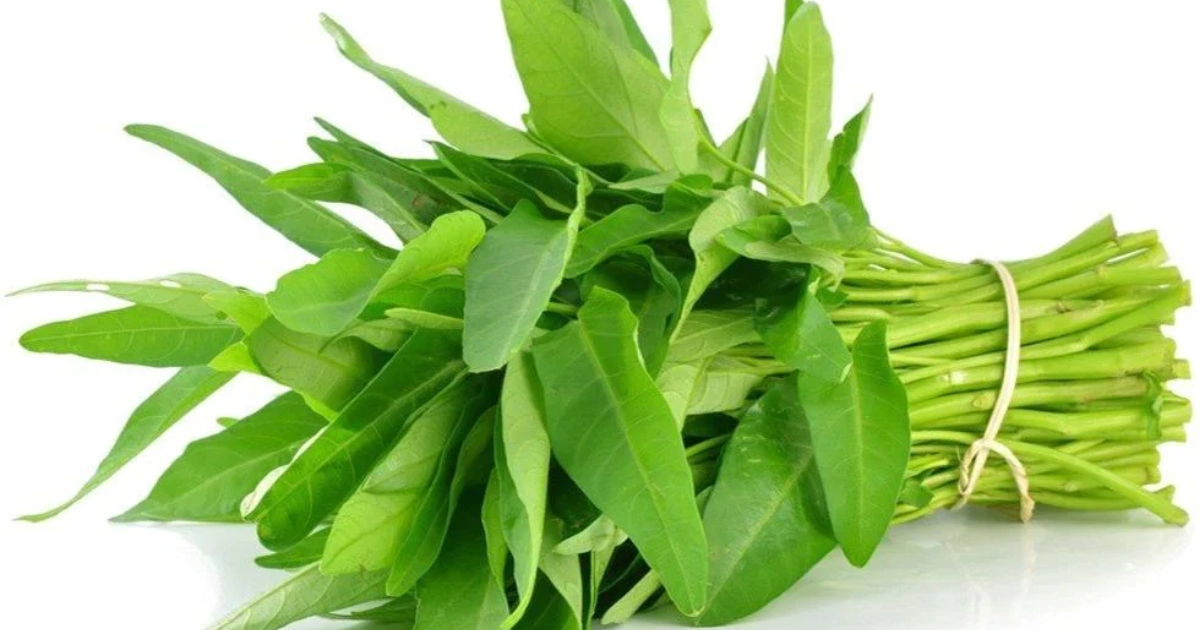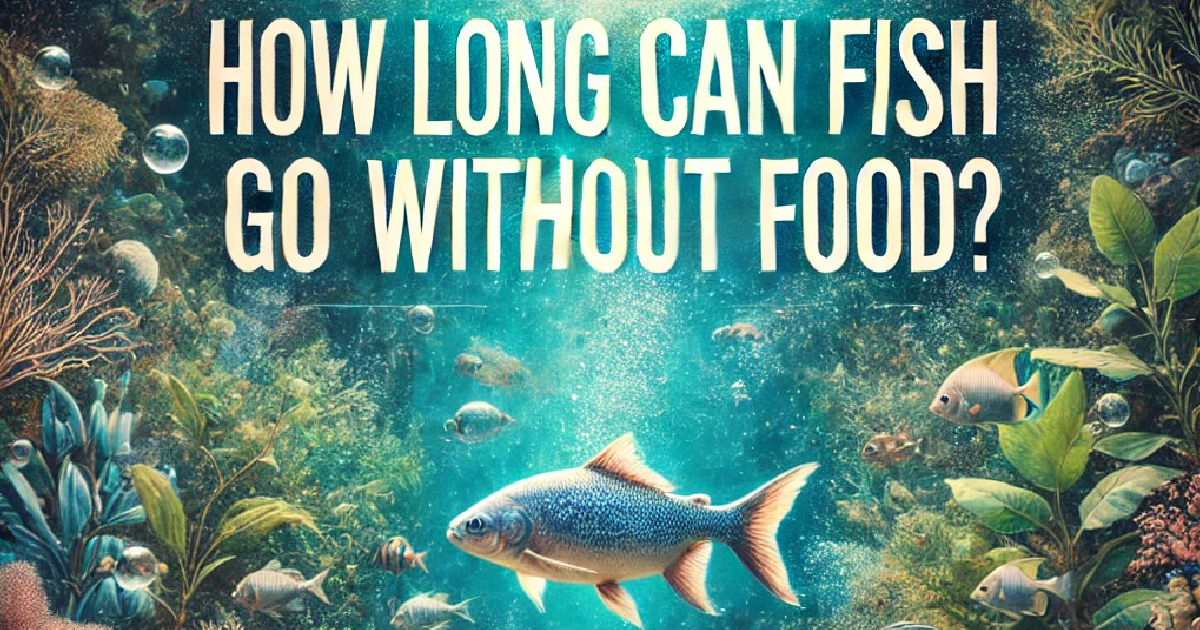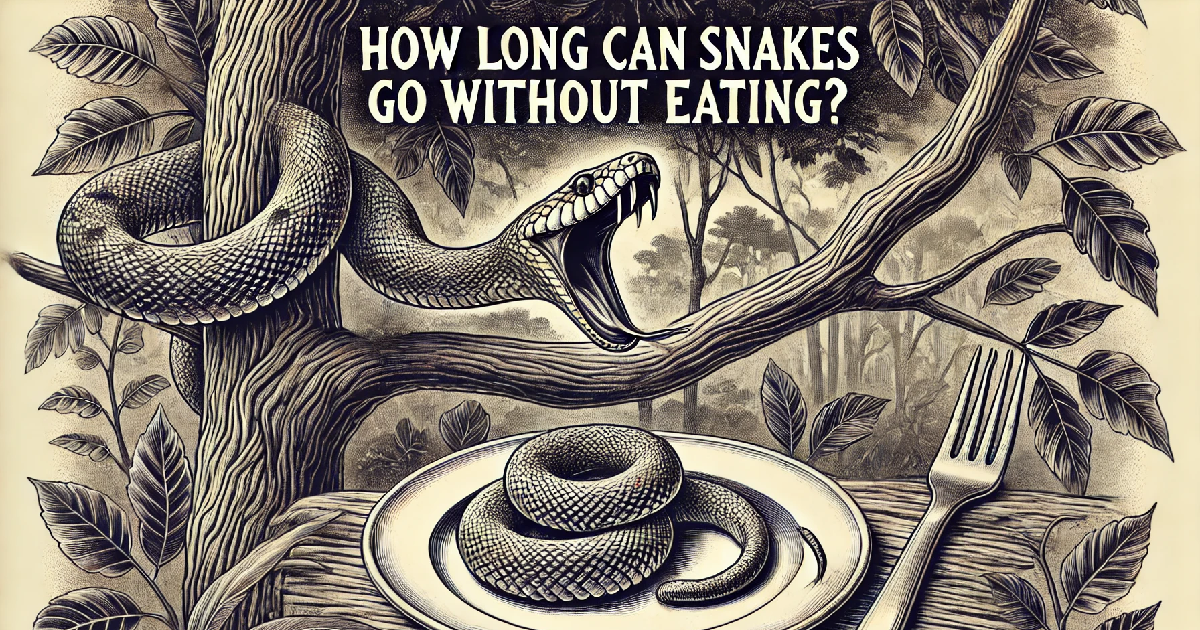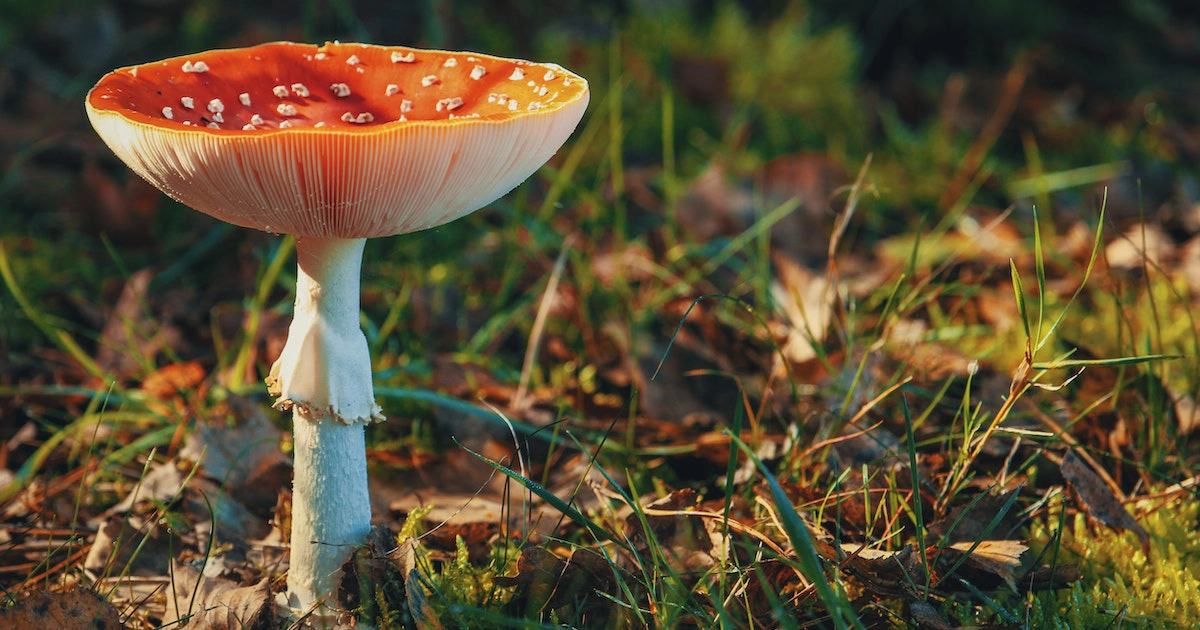Mushrooms are fascinating organisms that attract our attention with their unique shapes, colours, and culinary delights. Beyond their aesthetic appeal and gastronomic value, mushrooms are crucial in the intricate web of life that sustains our planet. From decomposers to symbiotic partners, mushrooms hold a significant position in the food chain, contributing to the health and functioning of ecosystems. This blog will explore why mushrooms are important to the food chain and delve into their ecological significance, biodiversity conservation, cultural relevance, and potential medicinal properties. Join us on this journey as we uncover the hidden world of mushrooms and discover their essential role in controlling the delicate balance of nature. Let’s explore the often-overlooked but incredibly important role of mushrooms in the food chain.
What Is a Food Chain?
A food chain is a sequence that depicts the transfer of energy and nutrients through different organisms in an ecosystem. It represents the energy flow from one organism to another, starting with producers and ending with decomposers. Each organism in the chain serves as a food source for the next organism, creating a hierarchical structure. The food chain helps us understand how energy moves and is transferred within an ecosystem, highlighting the interdependence of organisms and their roles in maintaining ecological balance.
Where Do Fungi Go On a Food Web?
Fungi are critical in the food web as decomposers and symbiotic partners. They are vital to breaking down organic matter, recycling nutrients, and facilitating ecosystem energy flow. Here are the facts about food webs:
- Decomposers: Fungi, including mushrooms, occupy the role of primary decomposers. They break down dead plants and animal material, such as fallen leaves, tree trunks, and animal carcasses, into simpler organic compounds. Through decomposition, fungi release essential nutrients into the environment, making them available for other organisms.
- Detritivores: Some fungi directly consume organic matter, acting as detritivores. They consume decaying material, such as leaf litter, and help accelerate decomposition, breaking it down into smaller particles.
- Symbiotic Relationships: Fungi form mutualistic relationships with other organisms, such as plants. The most notable symbiotic association is mycorrhizae, where fungus create a symbiotic relationship with plant roots. Fungal hyphae extend into the soil and assist plants in absorbing water and nutrients while the plant gives carbohydrates to the fungi through photosynthesis. This mutualistic partnership enhances the nutrient uptake of plants and supports their growth.
- Parasites: Some fungi act as parasites, infecting living organisms, including plants and animals. They derive nutrients from their host, often causing diseases or compromising the health of the host organism.
Is Mushrooms a Fungus?
Mushrooms are indeed a type of fungus. Fungi are diverse organisms that include various types, such as mushrooms, yeasts, moulds and mildews. They play an important role in the food chain. Fungi are essential to many ecosystems, breaking down organic materials and recycling nutrients back into the soil. Mushrooms are one-way fungi that produce spores for reproduction and are a valuable food source for animals and humans. A mushroom is not an animal.
Mushrooms play important ecological roles as decomposers, symbiotic partners, and contributors to ecosystem nutrient cycling. They are low in calories but high in nutrients like vitamins B and D, potassium, and selenium. Some varieties of mushrooms also contain compounds that may boost immune function or even have anti-cancer properties.
Secondary Consumers In Desert
In the desert, secondary consumers play a vital role in maintaining the ecosystem’s balance. These organisms feed on primary consumers, such as herbivores, which feed on plants. Secondary consumers can find throughout the food chain, from insects to small mammals like rodents and carnivorous lizards.
The Roadrunner is one of the most exciting examples of secondary consumers in the desert. This bird is known for its incredible speed and agility, allowing it to catch and eat small animals like lizards and snakes. It also feeds on insects and fruits, making it an important link between different levels of the food chain.
Mushrooms are also crucial components of many desert ecosystems because they break down organic matter and recycle nutrients back into the soil. This process helps support plant growth while providing food for microorganisms that serve as primary producers at even lower trophic levels. Without mushrooms, desert soils would deplete over time, reducing biodiversity and ultimately leading to ecosystem collapse.
Is a Mushroom a Producer?
No, mushrooms are not producers. They do not produce their own food through photosynthesis as plants do. Instead, they are decomposers that break down organic matter and recycle it back into the ecosystem. They play a crucial role in nutrient cycling and soil formation, making them important food chain components.
Mushrooms, on the other hand, are classified as decomposers or consumers. Mushrooms help break down dead plant material and animal waste, releasing nutrients into the soil for other organisms to use. They also form mutualistic relationships with trees, providing essential nutrients in exchange for carbohydrates produced by photosynthesis. This symbiotic relationship is important for maintaining healthy forests and ecosystems.
Mushrooms And Carnivore Diet

While the carnivore diet focuses on animal-based foods, mushrooms can be a valuable addition. They provide nutrients, flavours, and culinary versatility. Mushrooms contain vitamins, minerals, and antioxidants, offering potential health benefits. Although mushrooms offer minimal fibre, they can diversify the diet and provide plant-based compounds. Incorporating mushrooms can add variety and enhance the overall nutritional profile of a carnivore diet.
Why Are Mushrooms Decomposers?
Mushrooms are decomposers due to the following reasons:
- Enzymatic Breakdown: Mushrooms produce enzymes that break down complex organic compounds, like lignin and cellulose, in decaying matter.
- Nutrient Recycling: By decomposing organic material, mushrooms release nutrients such as carbon, nitrogen, and phosphorus back into the environment, making them available for other organisms to utilize.
- Detritus Feeders: Mushrooms directly consume decaying organic matter, accelerating the decomposition process and facilitating the breakdown of organic material into smaller particles.
- Hyphal Networks: The extensive network of fungal hyphae allows mushrooms to access and extract nutrients from decaying material, aiding in the decomposition process.
- Role in Ecosystem Balance: Mushrooms play a crucial role in maintaining ecosystem balance by removing and recycling dead organic matter, preventing its accumulation and promoting the cycling of nutrients essential for other organisms’ growth and survival.
Ecological Importance Of Fungi
Fungi have significant ecological importance in several ways:
- Decomposition and Nutrient Cycling: Fungi are crucial decomposers in ecosystems. They break down dead organic matter into simpler compounds, such as fallen leaves, plant debris, and dead animals. This decomposition process releases nutrients back into the soil, making them available for uptake by other organisms. Fungi are vital in nutrient cycling and maintaining the balance of essential ecosystem elements.
- Symbiotic Relationships: Fungi form mutually beneficial partnerships with other organisms. One notable example is mycorrhizal associations, where fungi colonize plant roots, forming a symbiotic relationship. Fungi help plants acquire nutrients, particularly phosphorus and other minerals, from the soil, while plants provide sugars and carbohydrates to the fungi. These associations enhance plant growth, nutrient uptake efficiency, and overall ecosystem productivity.
- Soil Formation and Structure: Fungi play a crucial role in soil formation and structure. Their mycelial networks bind soil particles together, enhancing soil stability and preventing erosion. Fungal hyphae create channels and networks that improve water infiltration and nutrient distribution in the soil, facilitating plant growth and supporting a healthy soil ecosystem.
- Disease Regulation: Fungi are important regulators of disease dynamics in ecosystems. Some fungi are pathogens that attack and control populations of other organisms, such as insects or plant diseases. By limiting the abundance and spread of certain species, fungi contribute to maintaining biodiversity and ecological balance.
- Mutualistic Interactions: Fungi interact with various organisms, including plants, animals, and other microorganisms. These interactions can involve nutrient exchange, protection against pathogens, and support for survival and reproduction. Fungi contribute to the stability and functioning of ecosystems through these mutualistic partnerships.
- Habitat Creation: Certain fungi play a role in habitat creation. For example, some fungi form symbiotic relationships with corals, contributing to the formation of coral reefs, which are vital ecosystems supporting diverse marine life.
How Do Mushrooms Get Their Food?
Mushrooms obtain their food through absorption. They release enzymes and break down complex organic compounds into simpler molecules they can absorb. These enzymes are secret outside the mushroom’s cell membrane, breaking down surrounding material into small molecules like amino acids and sugars. The mushroom then absorbs these simple molecules and uses them to fuel its growth.
Mushrooms also have a mutualistic relationship with certain trees. Mycorrhizal fungi form a symbiotic partnership with the roots of trees, where the fungus helps the tree absorb nutrients from the soil while receiving carbohydrates from the tree in return. This relationship is essential for healthy ecosystems as it improves nutrient cycling and soil quality, ultimately benefiting all food chain members.
Herbivorous Food Chain
In the herbivorous food chain, mushrooms play a crucial role in decomposing plant matter and recycling nutrients back into the ecosystem. As primary consumers, herbivores feed on plants and are an essential energy source for secondary consumers such as carnivores. However, once these primary consumers die or produce waste, nutrients can become trapped within their bodies and unavailable to other organisms.
This is where mushrooms come in. Decomposers break down dead plant material and animal waste into simpler forms that can be absorbed by soil and used by plants to grow. In addition to aiding in nutrient cycling, certain mushrooms also form mutualistic relationships with plants, providing them with necessary nutrients while receiving sugars from the plant in return.
Without mushrooms in the herbivorous food chain, nutrient cycling would be significantly impaired, leading to decreased productivity throughout the ecosystem. Thus, it is important to recognize their vital role as decomposers and mutualistic partners within our natural world.
What Does Fungi Break Down?
- Dead plants and plant material
- Animal remains and carcasses.
- Organic waste, including agricultural waste and compost
- Decaying matter in various environments
- Complex organic compounds such as lignin, cellulose, hemicellulose, and chitin
What Animals Eat Mushrooms?
Several animals consume mushrooms as part of their diet. Here are some examples:
- Insects: Various beetles, flies, and ants feed on mushrooms, both as larvae and adults. Some insects, such as fungus gnats, have a particular affinity for fungi.
- Mammals: Certain mammals prefer mushrooms, including rodents like squirrels and mice. They forage for mushrooms as a food source, especially during seasons when mushrooms are abundant.
- Slugs and Snails: These gastropods are known to consume mushrooms and play a role in the dispersal of fungal spores through their feeding habits.
- Birds: Some bird species, particularly wild turkeys and grouse, include mushrooms in their diet. They peck at mushrooms on the forest floor or in trees, seeking out the fruiting bodies and mycelium.
- Wild Boars: Wild boars have a diverse diet that includes mushrooms. They use their keen sense of smell to locate and dig up mushrooms from the forest floor.
- Primates: Certain primate species, such as chimpanzees and gorillas, have been observed consuming mushrooms as part of their diet in the wild.
Mushroom Benefit And Disadvantages:
| Mushroom Benefit |
Mushroom Disadvantage |
|
|
|
|
|
|
|
|
|
|
10 Examples Of Fungi
- Mushrooms (Agaricus bisporus, Shiitake, Portobello)
- Yeast (Saccharomyces cerevisiae)
- Moulds (Aspergillus, Penicillium)
- Truffles (Tuber spp.)
- Bracket fungi (Ganoderma spp.)
- Morels (Morchella spp.)
- Coral fungi (Clavaria spp.)
- Jelly fungi (Tremella spp.)
- Rust fungi (Puccinia spp.)
- Smuts (Ustilaginomycetes)
Benefits Of Different Mushrooms
Different mushrooms offer various benefits, as they contain unique combinations of nutrients, bioactive compounds, and potential therapeutic properties. Here are some benefits associated with specific types of mushrooms:
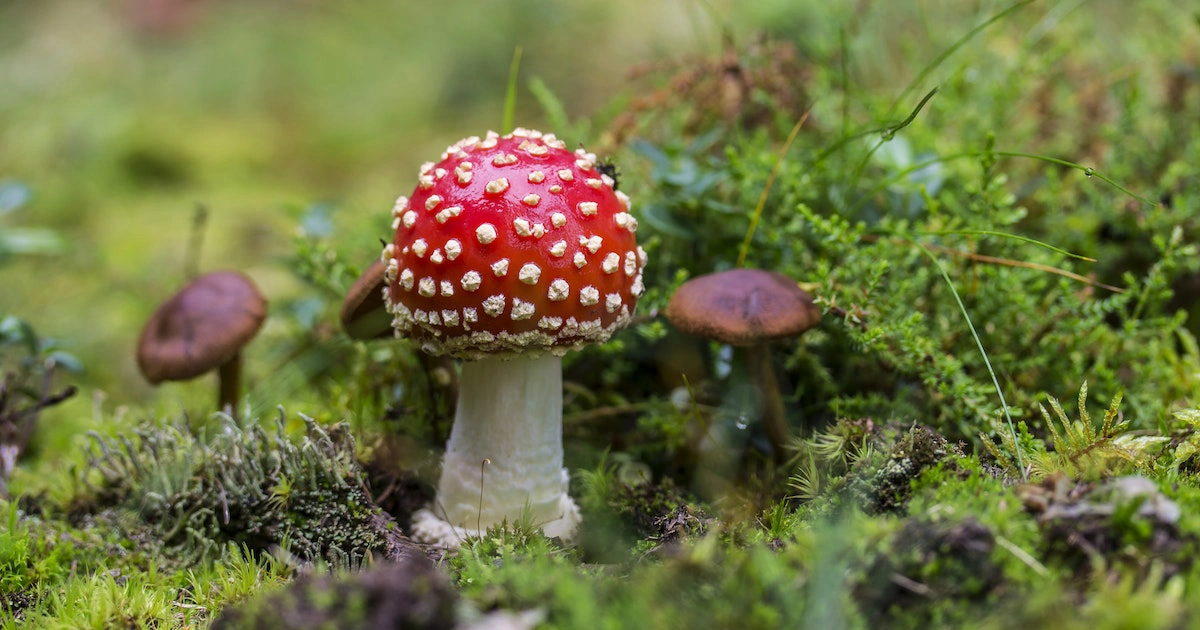
Shiitake Mushroom (Lentinula edodes):
- Rich in vitamins, minerals, and dietary fibre.
- Contains compounds with potential immune-boosting and anti-inflammatory properties.
- It may support heart health and help lower cholesterol levels.
Reishi Mushroom (Ganoderma lucidum):
- Known as the “mushroom of immortality” in traditional medicine.
- It may enhance immune function and promote overall well-being.
- Contains antioxidants and anti-inflammatory compounds.
Lion’s Mane Mushroom (Hericium erinaceus):
- Known for its unique appearance resembling a lion’s mane.
- It contains compounds that may support cognitive function and nerve health.
- It may have potential neuroprotective and anti-inflammatory effects.
Chaga Mushroom (Inonotus obliquus):
- Rich in antioxidants, including melanin and phenolic compounds.
- It may help support the immune system and reduce inflammation.
- Known for its potential anti-cancer properties.
Cordyceps Mushroom (Cordyceps sinensis):
- Used in traditional Chinese medicine for its energizing properties.
- It may enhance athletic performance and support respiratory health.
- Contains bioactive compounds with potential antioxidant and anti-inflammatory effects.
Maitake Mushroom (Grifola frondosa):
- It contains beta-glucans, which may help enhance immune function.
- It may have potential anti-cancer properties and support blood sugar regulation.
- Rich in vitamins B and D and minerals like potassium and copper.
Molds (Aspergillus, Penicillium):
- Certain species of Aspergillus are used to produce food and beverages, such as in the fermentation process for soy sauce and sake.
- Penicillium species are used in the production of various types of cheese, including blue cheeses like Roquefort and Gorgonzola, which contribute to the unique flavours and characteristics of these cheeses.
Tertiary Consumers In The Desert
Tertiary consumers in the desert occupy the topmost level of the food chain. They are also known as apex predators and are crucial for maintaining a balanced ecosystem in the desert. These animals feed on secondary consumers, such as snakes, rodents, and lizards.
Some examples of tertiary consumers in the desert include hawks, eagles, coyotes, wolves, and foxes. These animals play an essential role in controlling populations of smaller animals and ensuring that they do not overpopulate their habitat.
However, with climate change and human intervention threatening many species’ survival in the desert, it is important to understand how these apex predators contribute to a healthy ecosystem. By studying tertiary consumers’ behaviour and needs in the desert environment, we can better protect these animals and ensure their continued existence within this delicate ecosystem.
Mushrooms also play an important role in this food chain by decomposing dead organic matter into nutrients that primary producers can use. This process is called decomposition or rotting. Without mushrooms or other decomposers like bacteria or fungi breaking down organic material into its parts (carbon dioxide gas release), there would be no way for plants to access vital nutrients like nitrogen or phosphorus from dead leaves or animal carcasses left behind by tertiary predators when they eat their prey.
Easy Rainforest Food Web
Producers (Plants) -> Primary Consumers (Insects, Small Mammals) -> Secondary Consumers (Carnivorous Insects, Carnivorous Mammals, Birds of Prey) -> Tertiary Consumers (Top Carnivores, Apex Predators) -> Decomposers (Fungi, Bacteria, Detritivores)
Food Web Of a Sea Turtle
Primary Producers (Phytoplankton, Seagrass) -> Primary Consumers (Zooplankton, Herbivorous Fish) -> Secondary Consumers (Small Fish, Squids, Jellyfish) -> Tertiary Consumers (Predatory Fish) -> Apex Predators (Sea Turtles)
Conclusion: Mushrooms’ Critical Function In The Food Chain
In conclusion, mushrooms play a critical role in the food chain as decomposers. They break down dead organic parts and recycle nutrients into the soil, allowing other organisms to thrive. Without mushrooms, the nutrient cycle disrupts, and many plants and animals would struggle to survive.
Moreover, mushrooms are an important source of food for many animals, including insects, birds, and mammals. Some species of mushrooms are even cultivated for human consumption and have significant economic value.
Mushrooms are not just a tasty meal addition but an essential ecosystem component. Understanding their function in the food chain highlights the importance of preserving habitats where they can grow naturally and promoting sustainable practices in mushroom cultivation.














